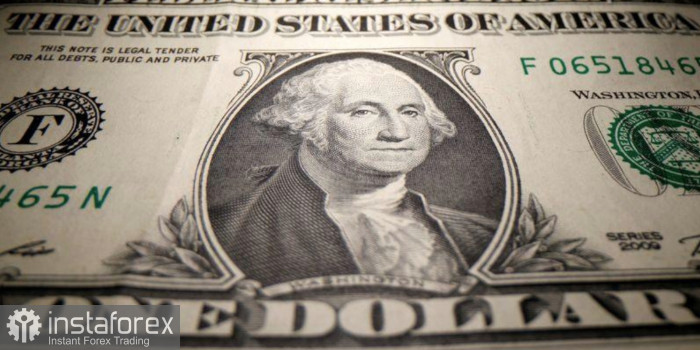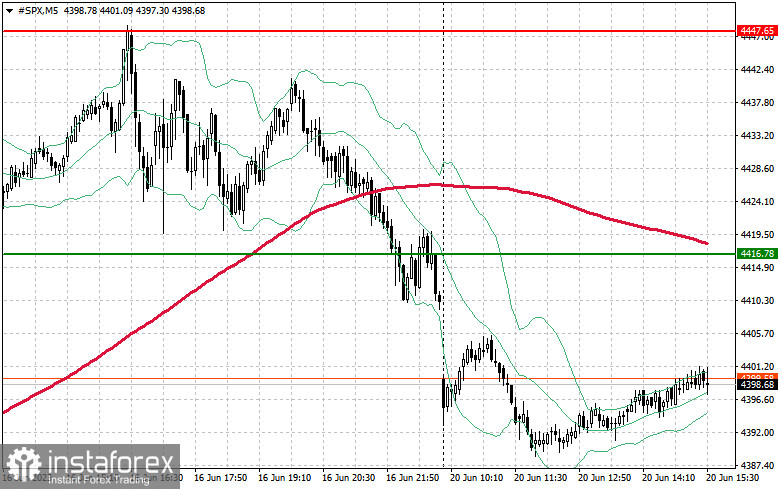US stock index futures have slipped following a US holiday, as the ongoing rally encounters resistance from economic uncertainty and signs of tense positioning. S&P500 futures dipped by 0.3%, while NASDAQ dropped by nearly 0.4%. The industrial Dow Jones is also trading in the red.
In Europe, shares of chemical industry companies took the hardest hit. Lanxess AG's stocks plummeted by 18% due to revised profit forecasts, triggering a drop in shares of other similar companies, including BASF SE.

Investors find themselves caught between the fear of missing out and concerns that markets have overreached and are somewhat overbought. High valuations and a range of economic hurdles, such as rampant inflation and sluggish industrial activity, coupled with an overheated labor market, are prompting a more cautious approach to future purchases. According to Citigroup, bullish positions on U.S. stock futures last week surged to their highest levels for S&P 500 and Nasdaq since 2010.
US monetary policy poses yet another challenge for investors. Last week, Federal Reserve Chairman Jerome Powell clearly indicated that interest rate hikes were not over yet. He is expected to present his semi-annual report to Congress tomorrow, emphasizing a commitment to maintaining high interest rates for an extended period. Investors are also anticipating the outcomes of political meetings in Turkey, the UK, and Switzerland.
Many have stated that most of the rate hikes in this cycle have yet to have any effect or exert a serious impact on the economy, which is expected in the future. The Fed's ultra-aggressive policy threatens to hurt not just inflation, but the overall economy as well. This is another worry for investors taking long positions on stocks at current peaks.
Meanwhile, US Treasury bonds have recovered earlier losses, trading flat. European government bonds increased across the board, with British securities and Swiss bonds seeing the sharpest rise.

Asian stock markets took a dip amid concerns over China's economic growth and a lack of fresh stimulus from Beijing. There were no significant shifts in the oil market, with trading remaining within the weekly range.
As for the S&P 500 index, demand for the trading instrument remains quite robust. Bulls may extend the upward trend. They need to return the price to $4,416, from where a leap to $4,447 may occur. Bulls also should control $4,488, as it would further bolster the bull market. If the index declines due to a drop in risk appetite, bulls should protect $4,380. Breaking through this level, the trading instrument may return to $4,350 and $4,320.





















